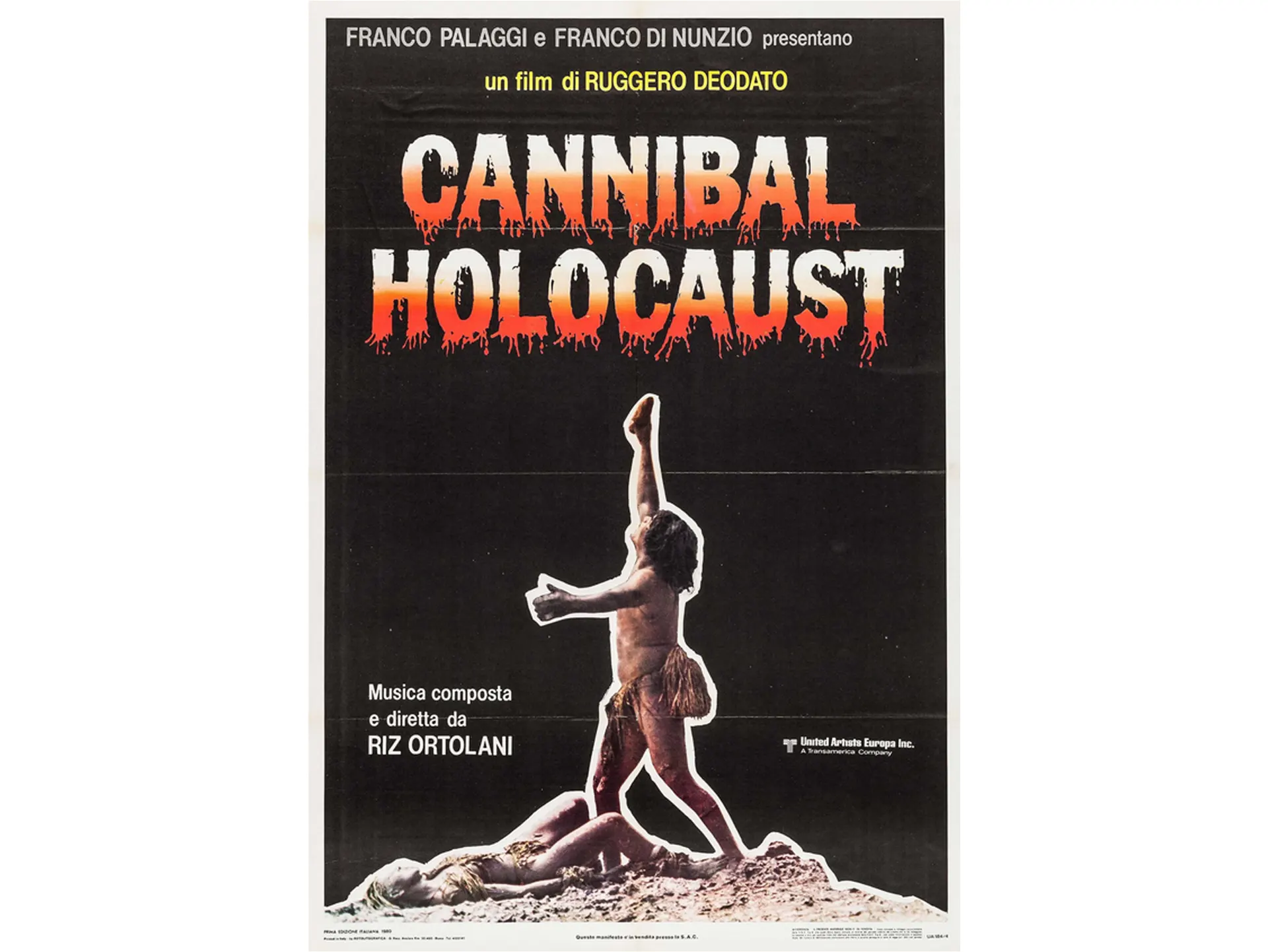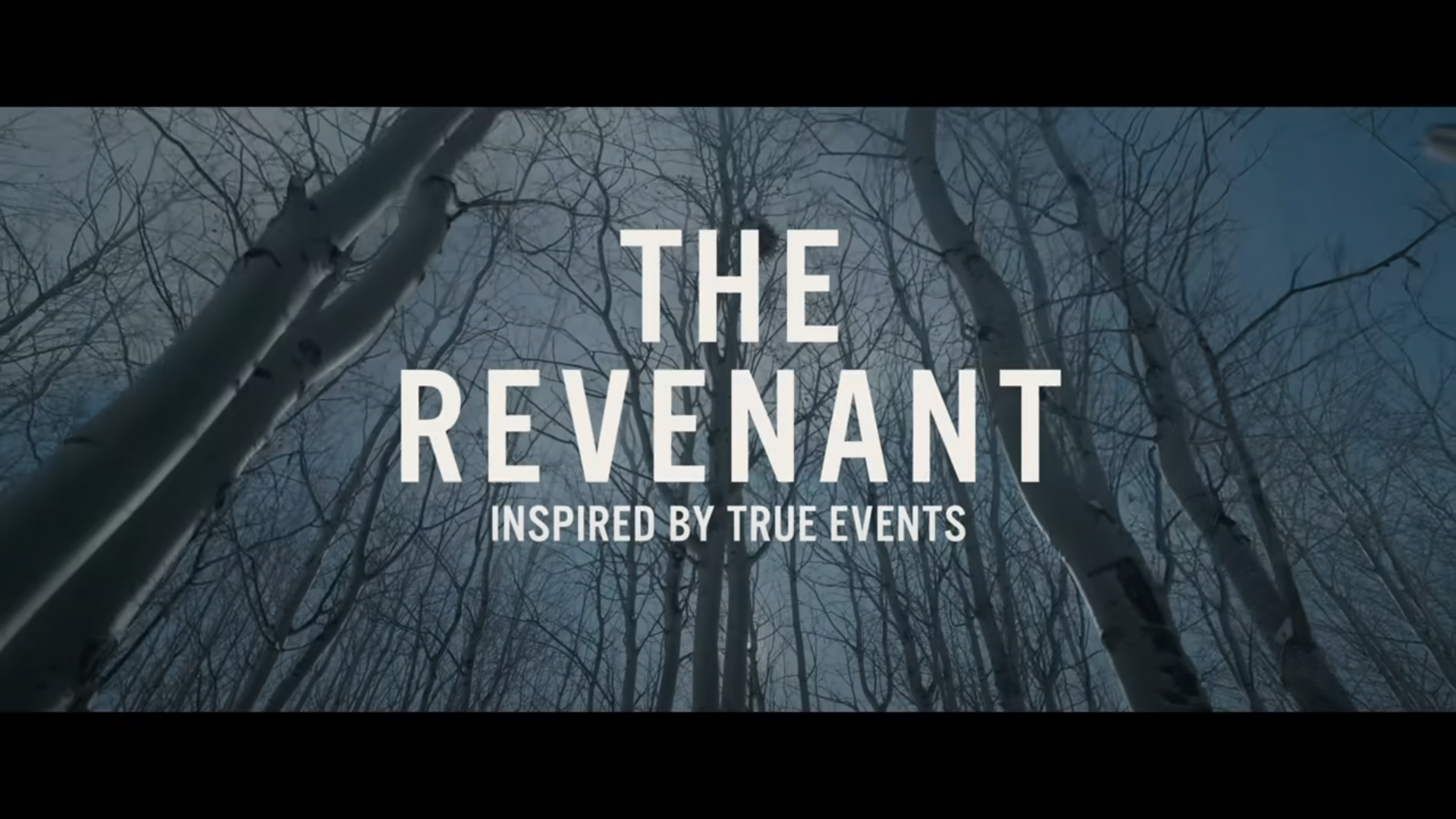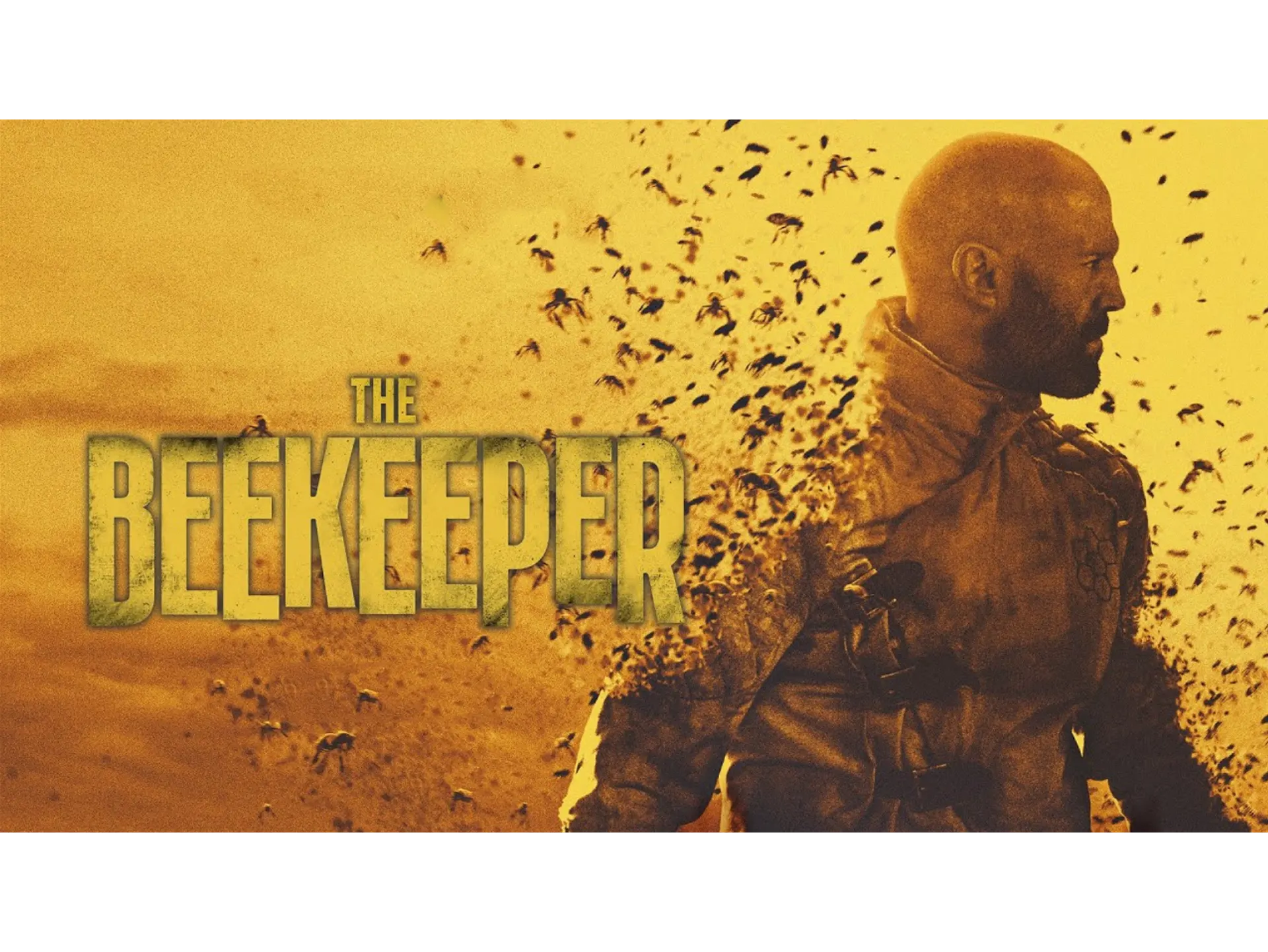“Cannibal Holocaust” is often labeled as one of the most controversial films in cinema history, primarily due to its graphic depictions of violence and animal abuse. Released in 1980, the film dares to explore the boundaries of horror and ethics in media, inviting both scrutiny and admiration. This blog post delves into the controversies surrounding “Cannibal Holocaust,” its impact on cinema, and the ethical considerations surrounding animal abuse in film.
Historical Context of “Cannibal Holocaust”
To fully understand the controversy surrounding “Cannibal Holocaust,” it is essential to consider the context in which it was released. Directed by Ruggero Deodato, the film emerged during a time when the horror genre was undergoing significant transformations. The late 1970s and early 1980s were marked by films that aimed to shock and provoke intense emotional responses. The success of earlier films like “The Texas Chainsaw Massacre” and “The Exorcist” paved the way for filmmakers to exploit graphic violence for shock value.
Deodato’s film presented a narrative that was both bold and unsettling—a faux-documentary style that viewers later labeled as “found footage.” This style of storytelling made the film feel more real, intensifying the horror experienced by audiences. The story follows a group of documentary filmmakers who venture into the Amazon rainforest, capturing the violent and savage customs of a native tribe, only to meet a gruesome fate themselves.
Graphic Violence and Its Reception
The graphic violence in “Cannibal Holocaust” is perhaps its most notorious aspect. From the outset, viewers are subjected to harrowing scenarios that depict not only human suffering but also the brutal killing of animals. The film’s unflinching portrayal of violence raises questions about the necessity of such realism in film. Critics argue that the visceral images were designed to elicit a shock response rather than to serve the narrative.
Upon its release, “Cannibal Holocaust” faced immediate backlash. Many countries banned the film due to its graphic content, deeming it too brutal for audiences. However, despite or perhaps because of this censorship, “Cannibal Holocaust” developed a cult following. The film’s polarizing nature drew both harsh criticism and fervent admiration from horror enthusiasts.
Animal Abuse Controversy
One of the most contentious points surrounding “Cannibal Holocaust” is its depictions of animal cruelty. The film features multiple scenes in which real animals were killed, a decision that leads to ongoing debates about ethics in filmmaking. The portrayal of these acts is undeniably shocking, offering a raw glimpse into the intersection of art and cruelty. While the filming was done in a time when many filmmakers were less strictly governed by animal rights laws, this does not excuse the actions taken during production.
The animals killed during the film include a coati, a turtle, and several others. Each death was captured on camera, adding a layer of authenticity that many viewers found unbearable. Animal rights activists have pointed out that the film makes a mockery of real-life suffering by incorporating it into its fictional narrative, leading to an outcry that continues to echo in discussions about animal ethics in film.
Cultural Critique
“Cannibal Holocaust” is not just an exercise in graphic horror; it also serves as a critique of Western culture’s fascination with savagery and violence. The film presents a stark juxtaposition between the civilized behavior of the documentary crew and the supposedly primitive practices of the native tribe they exploit. This commentary raises questions about imperialism, exploitation, and the depersonalization of cultures deemed “other.”
Deodato pushes the boundaries of morality in cinema, using horrifying visuals as an allegorical device to probe deeper issues about the nature of humanity. The film insinuates that the real savagery is not found in the actions of the tribe but in the filmmakers’ eagerness to exploit suffering for commercial gain. Such a complex interplay between horror and social commentary makes “Cannibal Holocaust” a film that is both distasteful yet provocative, forcing audiences to reflect on their own complicity in the consumption of such media.
Legal Repercussions and Censorship
The release of “Cannibal Holocaust” ignited a firestorm of controversy that led to legal repercussions for its creators. Following its premiere, Ruggero Deodato was even arrested and charged with obscenity in Italy. The legal challenges he faced exemplified the struggle to define the boundaries of artistic expression versus societal norms. Deodato had to present the film to authorities to prove that it was not a snuff film, as some had claimed, which further fueled public interest and outrage.
The censorship of the film varied from country to country, with many nations imposing strict bans. In the UK, “Cannibal Holocaust” was among the films scrutinized in the “Video Nasty” panic of the 1980s, where various horror films were subject to public outcry and had to face significant censorship. The targeted nature of these bans highlights society’s ongoing struggle to grapple with the voyeuristic pleasure derived from violence in media, particularly in a film that explicitly critiques the very act of looking.
The Legacy of “Cannibal Holocaust”
Despite (or perhaps because of) its numerous controversies, “Cannibal Holocaust” has left an indelible mark on film history. It opened the floodgates for extreme cinema, inspiring a wave of filmmakers to explore graphic depictions of violence while simultaneously critiquing societal norms. Its influence can be seen in subsequent horror films, particularly those that employ a found footage style.
In the years since its release, “Cannibal Holocaust” has been resurrected in academic discussions around ethics, morality, and art. Scholars often explore how the film illustrates the thin line between reality and fiction, particularly concerning the representation of marginalized communities. Additionally, its examination of biased Western perspectives offers a poignant critique of both the subject matter and the medium that presents it.
The film’s controversial nature has contributed to its allure, establishing it as a seminal work within the genre. By challenging the comfort levels of audiences, “Cannibal Holocaust” continues to provoke thought and discussion, cementing its status as a cultural artifact that remains relevant today.
Conclusion
“Cannibal Holocaust” stands out as one of the most controversial films in history, provoking discussions about animal abuse, artistic expression, and the responsibilities of filmmakers. While it often shocks and repulses viewers, it also invites them to reflect on deeper ethical dilemmas present in both representation and consumption of violent media. It serves as a reminder of the power of film to both entertain and challenge societal norms, ultimately leaving its mark on cinema for years to come.
FAQs
1. Why was “Cannibal Holocaust” banned in several countries?
“Cannibal Holocaust” was banned due to its graphic depictions of violence and animal cruelty, with many governments deeming it too extreme for public consumption.
2. Did filmmakers face any legal issues because of the film?
Yes, director Ruggero Deodato was arrested in Italy and charged with obscenity. He had to prove that the film was not a snuff film to legal authorities.
3. How does “Cannibal Holocaust” critique Western culture?
The film critiques Western culture by juxtaposing the civilized behavior of its filmmakers against the violent practices of a native tribe, suggesting that true savagery lies in exploitation and commodification of suffering.
4. How has “Cannibal Holocaust” influenced modern horror films?
The film’s found footage style and extreme depictions of violence have inspired a wave of filmmakers, leading to similar approaches in later horror films that seek to blend reality with fiction.
5. What discussions continue around animal abuse in film?
Animal abuse in film raises ethical questions about the portrayal of real-life suffering. Ongoing discussions focus on the responsibility of filmmakers to adhere to animal rights standards and avoid unnecessary cruelty, even in fictional contexts.



